Development of Sweat Latent Fingerprints on Medical Surgical Masks
DOI: 10.23977/jbis.2022.010101 | Downloads: 22 | Views: 3400
Author(s)
Peng Li 1,2, Xiaoyu Xiang 3, Jiangchun Li 1,2
Affiliation(s)
1 Hubei University of Police, Wuhan, 430034, China
2 Hubei Key Laboratory of the Forensic Science, Wuhan, 430034, China
3 Anti-terrorism Special Police Detachment of Yichang Public Security Bureau, Yichang, Hubei, 443002, China
Corresponding Author
Jiangchun LiABSTRACT
Criminals have increasing counter-detection awareness. Some of them evade monitoring by wearing masks. Moreover, the outbreak of COVID-19 pandemic makes medical surgical masks more commonly used. In some criminal crime scenes, the public security organ often extracts DNA information from the facial mask on the scene, ignoring development of its latent fingerprints. In this paper, the sweat latent fingerprints on medical surgical masks were successfully developed by "502" glue fumigation. The BBD fluorescent staining was used to enhance the development effect, making it possible to develop the sweat latent fingerprints on the outer layer of medical surgical masks, which provides reference ideas for solving the problems in public security work.
KEYWORDS
Medical surgical mask; Latent fingerprint development; "502" glue fumigation; BBD fluorescent stainingCITE THIS PAPER
Peng Li, Xiaoyu Xiang, Jiangchun Li, Development of Sweat Latent Fingerprints on Medical Surgical Masks. Journal of Biometrics, Identity and Security (2022) Vol. 1: 1-7. DOI: http://dx.doi.org/10.23977/jbis.2022.010101.
REFERENCES
[1] Luo Yaping, Guo Wei. (2006) A Course of Handprinting. Beijing: People's Public Security University of China Press.
[2] Takatsu Masahisa, Shimoda Osamu, Teranishi Hiroyoshi. (2012) Vapor-phase staining of cyanoacrylate-fumed latent fingerprints using p-dimethylaminobenzaldehyde. Journal of forensic sciences, 57, 2.
[3] Xin Cui, Liu Jiajun. (2021) Development of sweat latent fingerprints on dacron textile by "502" fumigation staining method. Shandong Chemical Industry, 50, 21, 41-42.
[4] Luo Jun, Wu Song. (2012) Development aging of latent fingerprints on textiles by "502" fumigation staining. Journal of Guizhou Police Officer Vocational College, 2012, 24(03): 69-72. DOI: 10. 13310/j.cnki.gzjy.03.008.
[5] Chen Ruili, Yin Jun. (2010) Effect of "502" concentration on the development of sweat latent fingermarks on various textiles. Police Technology, 3, 23-26.
[6] Guan Zhikun, Zhang Jing. (2005) Development of sweat latent fingerprints on textiles by 502 glue attachment method. Guangdong Gongan Keji, 2, 11-13.
[7] Cheng Haonan. (2020) Overview of the application of textile materials in the field of medical protection. Chemical Fiber & Textile Technology, 49, 2, 16-20.
[8] Li Ming, Tian Mingwei. (2020) Comparative study and prospect of technical standards of surgical masks. Shandong Science, 33, 3, 28-34.
[9] Xie Wanzi, You Xiaolu, Fu Jiajia, Gao Weidong, Wang Hongbo. (2020) Performance requirements and preparation techniques of medical protective fabrics. Journal of Clothing Research, 5, 2, 101-106+118.
[10] D. Thorburn Burns, John K. Brown, Alan Dinsmore, Kevin K. Harvey. (1998) Base-activated latent fingerprints fumed with a cyanoacrylate monomer. A quantitative study using Fourier-transform infra-red spectroscopy. Analytica Chimica Acta, 362, 2.
[11] Alicia Khuu, Scott Chadwick, Xanthe Spindler, Rolanda Lam, Sébastien Moret, Claude Roux. (2016) Authors' response to comments on "Evaluation of one-step luminescent cyanoacrylate fuming". Forensic Science International, 268.
[12] Gino Groeneveld, Sander Kuijer, Marcel de Puit. (2014) Preparation of cyanoacrylate derivatives and comparison of dual action cyanoacrylate formulations. Science & Justice, 54, 1.
[13] Feng Yaxian, Luo Yaping, Huang Hao. (2015) Enhancement of the Cyanoacrylate Fumed Fingermarks Using Ardrox. Forensic Science and Technology, 40, 3, 211-214.DOI:10.16467/j.1008-3650.2015.03.010.
| Downloads: | 22 |
|---|---|
| Visits: | 3400 |
Sponsors, Associates, and Links
-
Information Systems and Signal Processing Journal

-
Intelligent Robots and Systems

-
Journal of Image, Video and Signals
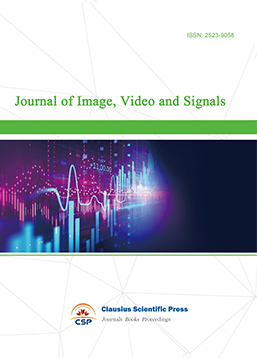
-
Journal of Electronics and Information Science
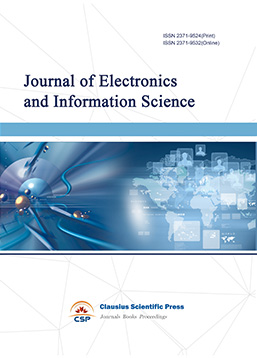
-
Transactions on Real-Time and Embedded Systems
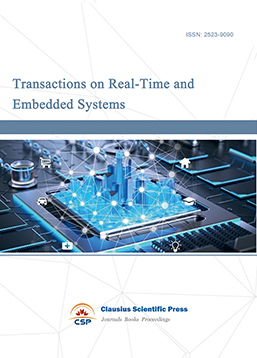
-
Journal of Electromagnetic Interference and Compatibility
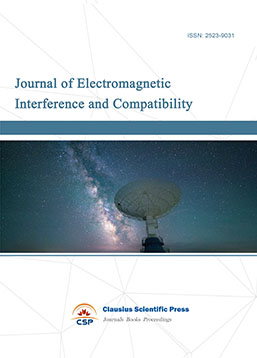
-
Acoustics, Speech and Signal Processing
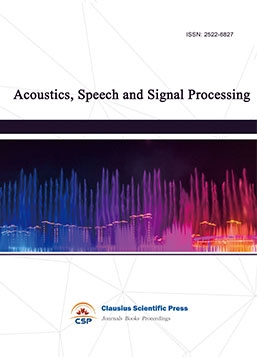
-
Journal of Power Electronics, Machines and Drives
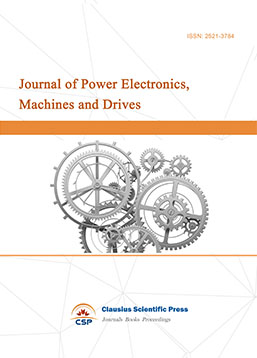
-
Journal of Electro Optics and Lasers

-
Journal of Integrated Circuits Design and Test
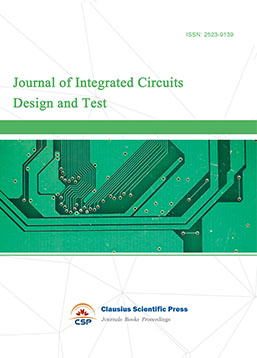
-
Journal of Ultrasonics
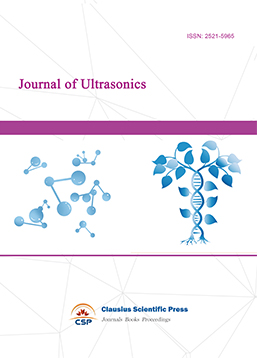
-
Antennas and Propagation
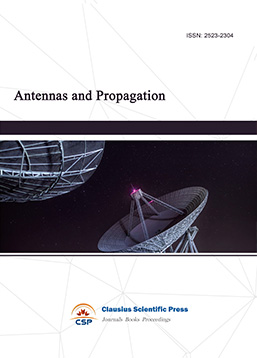
-
Optical Communications
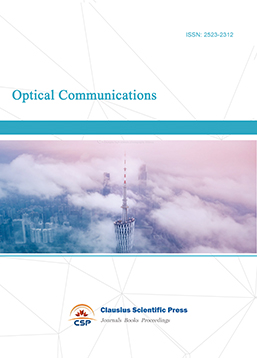
-
Solid-State Circuits and Systems-on-a-Chip
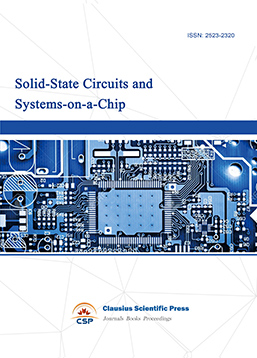
-
Field-Programmable Gate Arrays

-
Vehicular Electronics and Safety

-
Optical Fiber Sensor and Communication
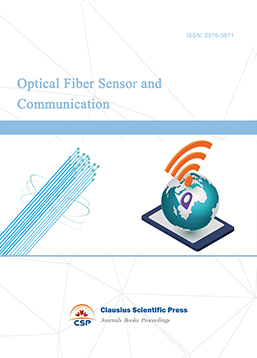
-
Journal of Low Power Electronics and Design
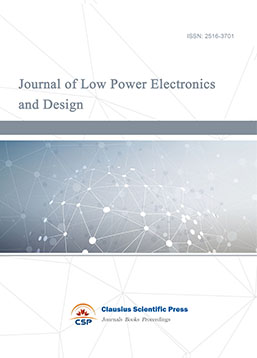
-
Infrared and Millimeter Wave
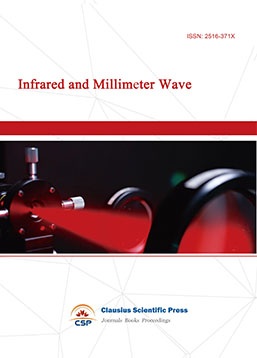
-
Detection Technology and Automation Equipment
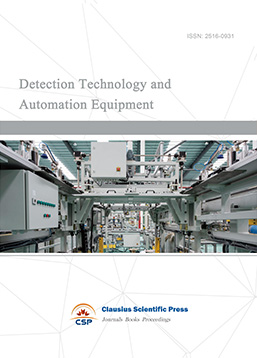
-
Journal of Radio and Wireless

-
Journal of Microwave and Terahertz Engineering
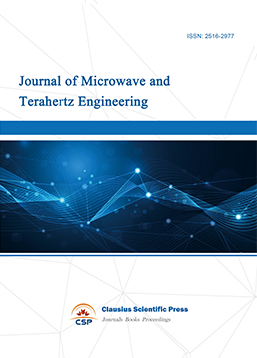
-
Journal of Communication, Control and Computing
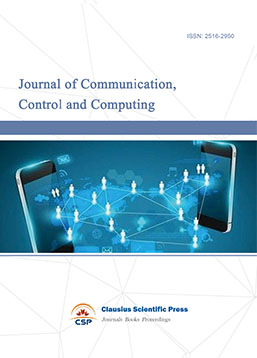
-
International Journal of Surveying and Mapping
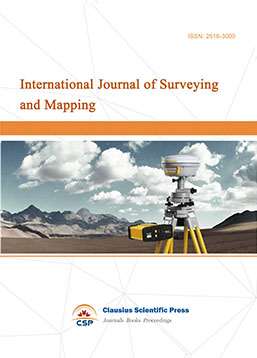
-
Information Retrieval, Systems and Services
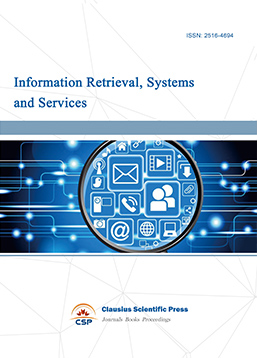
-
Journal of Avionics, Radar and Sonar
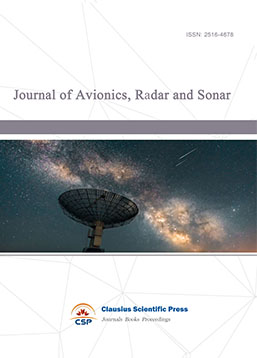

 Download as PDF
Download as PDF